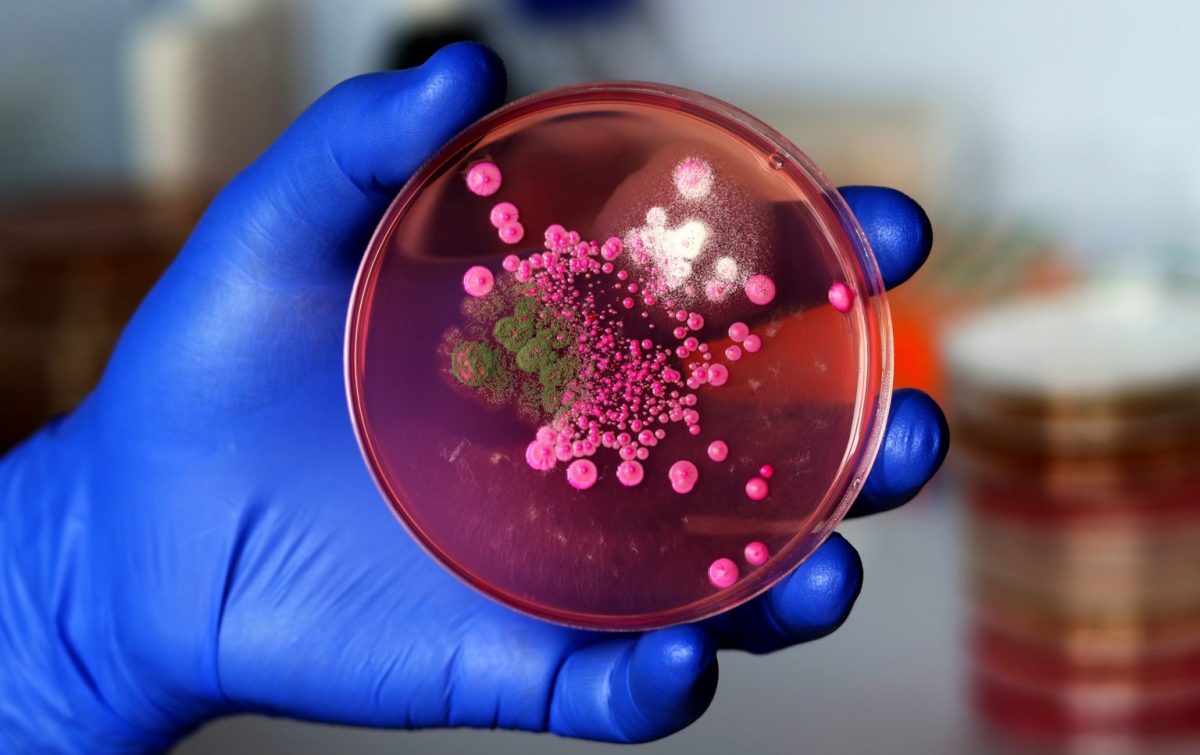You may have heard of the recent excitement around ketamine. First synthesized in 1962 by Calvin L Stevens, ketamine is a schedule III non-narcotic first approved for use in 1970 as a dissociative anesthetic used in surgery for both human and veterinary medicine.
However, ketamine has seen a resurgence in popularity after discovering its potential as a therapy for pain and treatment resistant depression in 2000. Popular for its safety profile when compared to CNS depressants like opiates, this discovery has been described as “the single most important advance in the treatment of depression in more than 50 years”. Fast Forward 20 years and we’re now seeing ketamine clinics springing up across the globe offering safe and convenient walk-in/out-patient treatments for people with previously untreatable depression and pain.
Even more remarkable, a recent report shocked the psychedelic world: Long considered a human invention, ketamine has been isolated in a fungus known as Pochonia chlamydosporia.
Pochonia chlamydosporia is a microscopic fungus being investigated as a biopesticide for nematodes, or roundworms. It is believed that this fungus produces ketamine as a defense mechanism against helminths, a class of small parasitic worms that feed on fungi like Pochonia. This represents an example of biochemical warfare at the microscopic level.
The discovery of naturally occurring ketamine in organisms like P. chlamydosporia expands the potential for ketamine research. In recognition of this exciting development, Noonautics is initiating research to verify and further understand this groundbreaking discovery.

